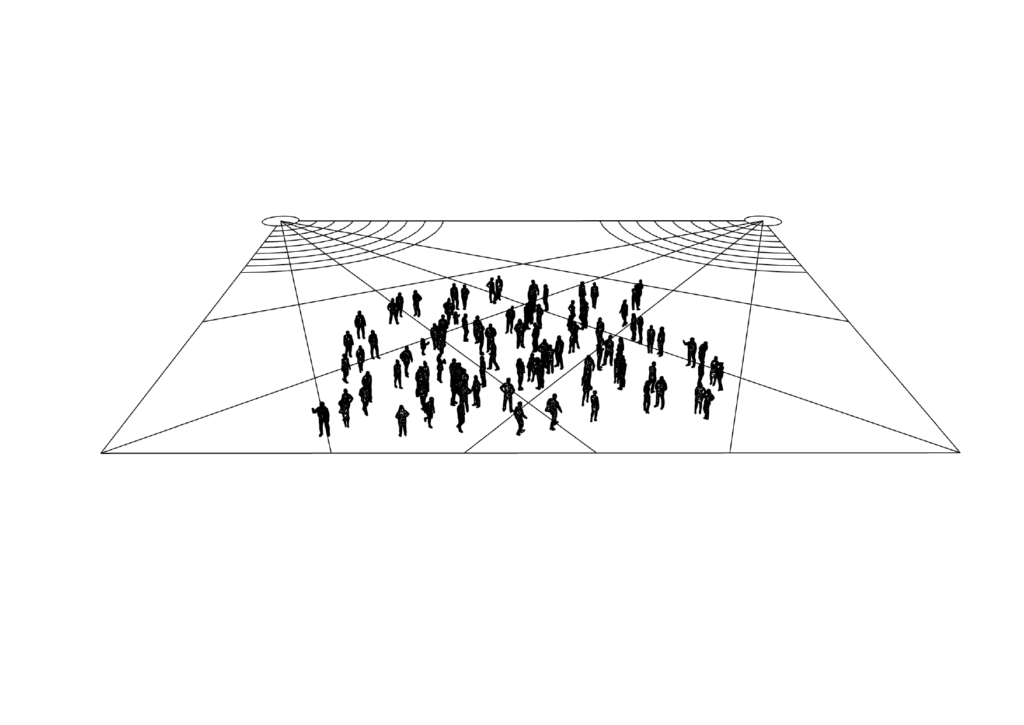
Think Radio on Wireless Radio Technology & Bluetooth

There’s quite a lot to say about radio. Many a product has suffered from poor and unreliable connectivity, devices that are a struggle to connect, or frequently drop the connection are all too common.
Often these issues stem from poorly-coordinated product design. Such things as inadequate power supplies, that don’t cope well with sudden changes in demand, poorly designed enclosures or heatsinks that place metalwork too close to the antenna, poorly designed or poorly placed antennas, proximity to other sources of electrical interference, poorly designed PCB’s that fail to follow good RF design and layout rules (very common), or even just poor code that fails to ensure that radio systems start and stop correctly, any of these, in any combination, can result in poor radio operation.
2.4 GHz ISM
Here we are most often considering devices that use the 2.4GHz ISM Band (Industrial, Scientific & Medical). The great advantage of using 2.4GHz is, subject to certain compliance rules, it can be used worldwide and with no licensing requirements.
The disadvantage is that there’s a lot of devices already using this band. Bluetooth, and now Bluetooth LE (Low Energy) is the most well-known, along with WiFi, Zigbee, proprietary protocols and, unfortunately non-compliant analogue radio communications, all have to compete.
Bluetooth LE & Bluetooth Mesh
Fortunately, with good design of the electronics and embedded code, almost all of the above problems can be avoided, almost all of the time.
Bluetooth LE is now a very-well-worked-out protocol, and particularly with Nordic’s offering of hardware and firmware, near-magical levels of reliability are possible.
Also in the ascendant is Bluetooth Mesh, enabling networks of wireless devices, in which messages hop from device to device to get to their destination using multiple routes, resulting in a very, very high likelihood of virtually all messages getting through.
In fact, it has now become more common that the focus of design and engineering development can be moved from making the wireless communications work, to interfacing your peripherals to the radio system, sensors, displays, user-input devices etc.